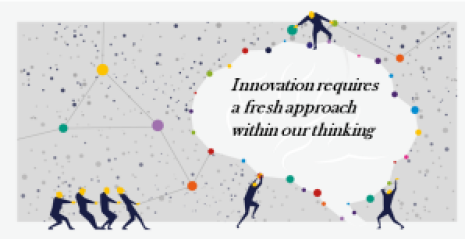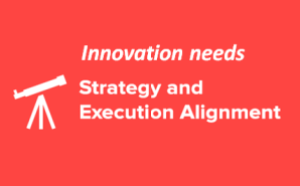Future Innovation demands a different approach
 I certainly believe we are in need of a fresh approach to innovation. We are facing unprecedented challenges, sluggish growth and increasing competition from unexpected sources.
I certainly believe we are in need of a fresh approach to innovation. We are facing unprecedented challenges, sluggish growth and increasing competition from unexpected sources.
We need to increasingly deliver better end results; as more distinctive, bolder and creative, delivering greater value to our customers’ needs. Can we change our thinking to achieve this?
Let me offer some of my thoughts on why we need to reinvent our innovation management.
The power of technology, software and the use of the cloud is combining in new powerful ways. We are looking for greater data capture and analytics and this is offering us a very different set of options than in the past. The framing of the innovation potential has to be altered. Altered in different products. services and business models. But will it?





